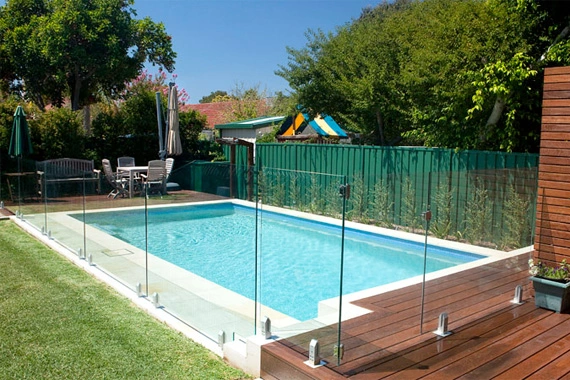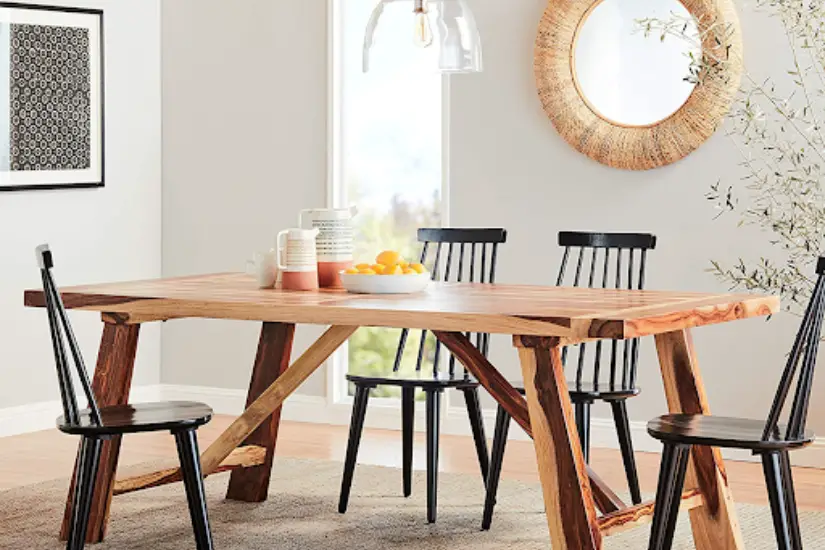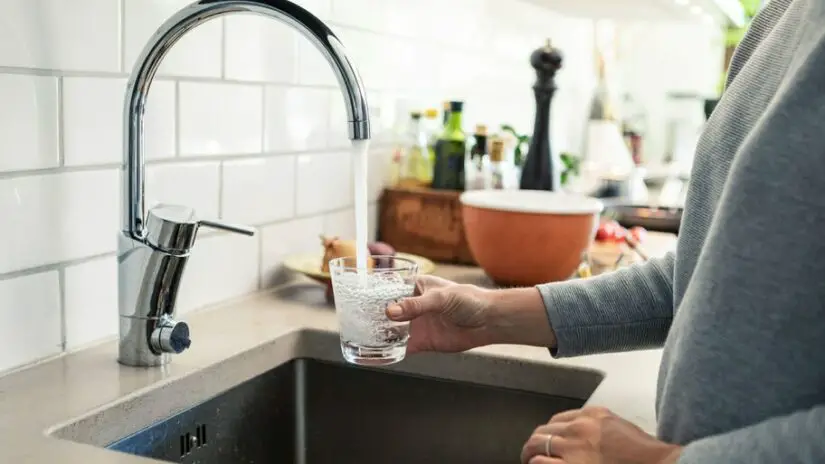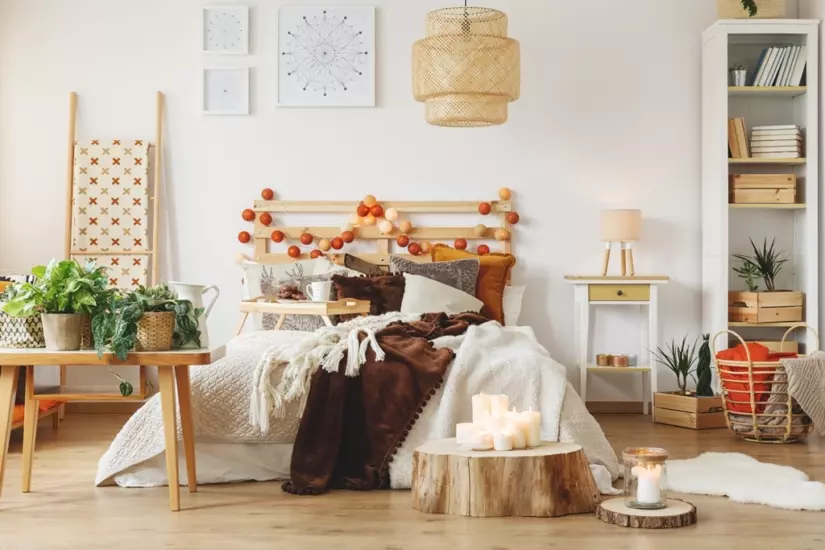Pools are a refreshing chill spot to have in your backyard. However, open water bodies can also pose risks to loved ones. Swimming pool safety is a primary concern because lives are at stake. According to the US Consumer Product Safety Commission, pools accidents claim 390 lives every year.
Some common swimming pool dangers include:
- Injuries, e.g., from slips and falls.
- Drowning, i.e., when a child or a swimming pool newbie submerges in water.
- Skin irritations, e.g., when unbalanced pool chemicals cause skin conditions.
Nevertheless, the fear of accidents shouldn’t stop you from enjoying the refreshment of cool waters during the simmering summer heat. After all, everybody knows how wild the sea can get, yet they still hop on board to enjoy that not-so-common adventure.
So how do you strike a balance between fun and safety? The answer lies in swimming pool design and following some best practices.
Swimming Pool Safety: Common Risks at the Swimming Pool
A swimming pool can be dangerous in many ways. Apart from slips and falls while strolling along the pavement, one can easily drown and suffocate.
Discover more risks and how to stay safe:
-
Slips & falls due to slippery floors
Wet slippery pool pavements can cause slips and falls. Such accidents can cause sprains, strains, and sometimes, injury to the head, knee, or mouth.
-
Drowning
Drowning happens when a child or newbie swimmer loses control, submerges, and suffocates in water. In the worst cases, the victim loses consciousness and may need immediate CPR first-aid/cardiopulmonary resuscitation.
-
Skin irritations
Unbalanced pool chemicals can cause difficult swimming conditions and trigger skin irritation.
-
Injuries from diving boards
Both kids and grownups can get hurt when using when having fun on the diving boards at a swimming pool.
-
Electrocution
Defects in a home’s wiring/electrical system can cause electrocution when the current from a naked wire reaches the pool water.
Ways to Make Your Swimming Pool Safer
Swimming pool safety hinges primarily on design. When building a swimming pool, it’s essential to prioritize safety.
Follow these steps to build a family-friendly pool not prone to accidents.
1. Use pool safety covers.
A swimming pool safety cover is an excellent way to protect your children and grownup parents from accidental falling and drowning.
As their name suggests, they are sheets of vinyl or mesh anchored above the swimming pool area to cover or block access to its waters.
Apart from safety, they also play a vital role in keeping out falling leaves and debris that may contaminate your pool water.
2. Install non-slip flooring and equipment
All floors and stair rails must be built from a non-slip material. To reduce the occurrences of slips, use coarse material that provides a perfect grip.
Plus, consider nonslip flooring designs to make the pavements and stairs safe even when wet.
Other tips to reduce slips and falls include:
- Avoid leaving the pavement soapy as this may encourage slipping.
- Leave plenty of pavement space, not a tiny path that increases the likelihood of slips and falls.
Lastly, arrange swimming pool furniture strategically to avoid injuries due to squeezed spaces.
3. Throw in some floaters
Floaters are an excellent way to stay above water when you can no longer keep your body afloat.
To reduce the likelihood of drowning, place floaters in strategic locations so that swimmers can access them in case of an emergency.
4. Build a barrier around it and install an alarm
Erecting a barrier around your swimming pool is an excellent way to restrict access by kids and people of age. Furthermore, installing an alarm warns you every time there’s unauthorized entry into the pool.
These two measures are proactive ways to ensure you are aware of the pool’s goings-on.
5. Balance pool waters
Mixing chemicals in wrong proportions can lead to unbalanced pool water, which causes unhealthy conditions and skin irritations.
To create a stable pool and avoid such hiccups, test the water using a strip and mix all the chemicals correctly.
6. Store away pool chemicals
Kids may also ingest any chemicals they find lying around and wind up in critical conditions. Always lock up all solutions soon after cleaning your pool.
7. Avoid diving boards
Diving boards are an easy way to cause accidents and injuries in a swimming pool setting.
To reduce sprains and strains due to boards, set a strict ‘no diving board’ policy in your swimming pool.
8. Separate your electrical system from your pool water
Water and electricity don’t mix. You can reduce electrocution by separating your power sources from the pool water.
For instance, you should be cautious when handling electronic devices and gadgets like a robotic cleaner and pool pump.
Swimming Pool Safety: Final Advice
Beyond installing and implementing safety measures, it’s also advisable to prepare for any swimming pool accidents.
You can do this by taking a CPR first aid course. And lastly, provide easy-to-access first aid kits to encourage timely responses.





